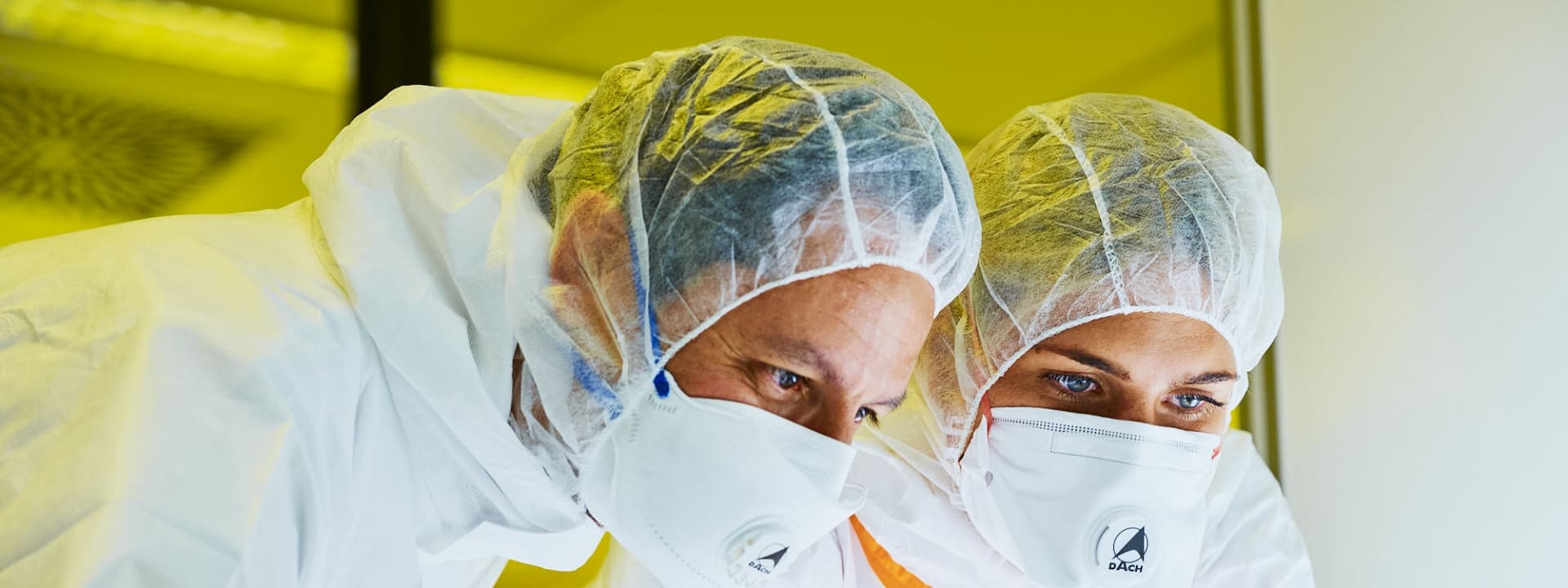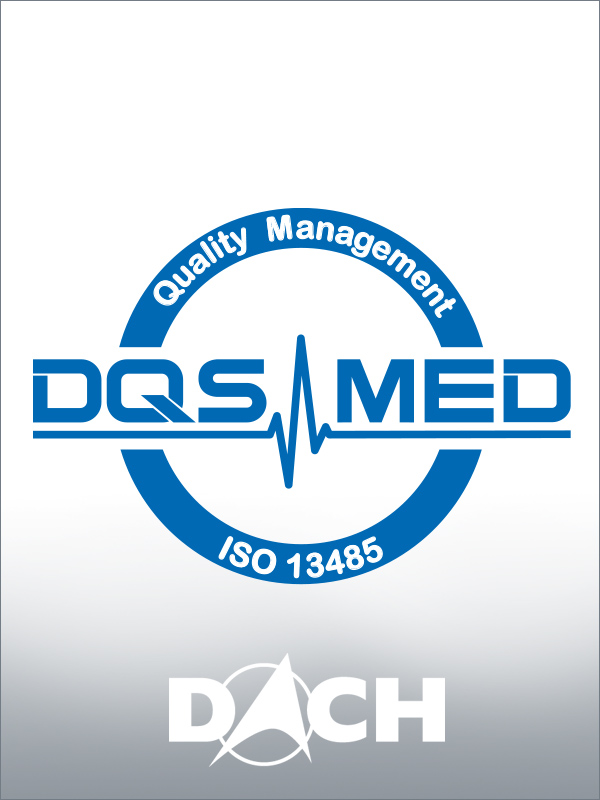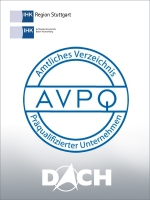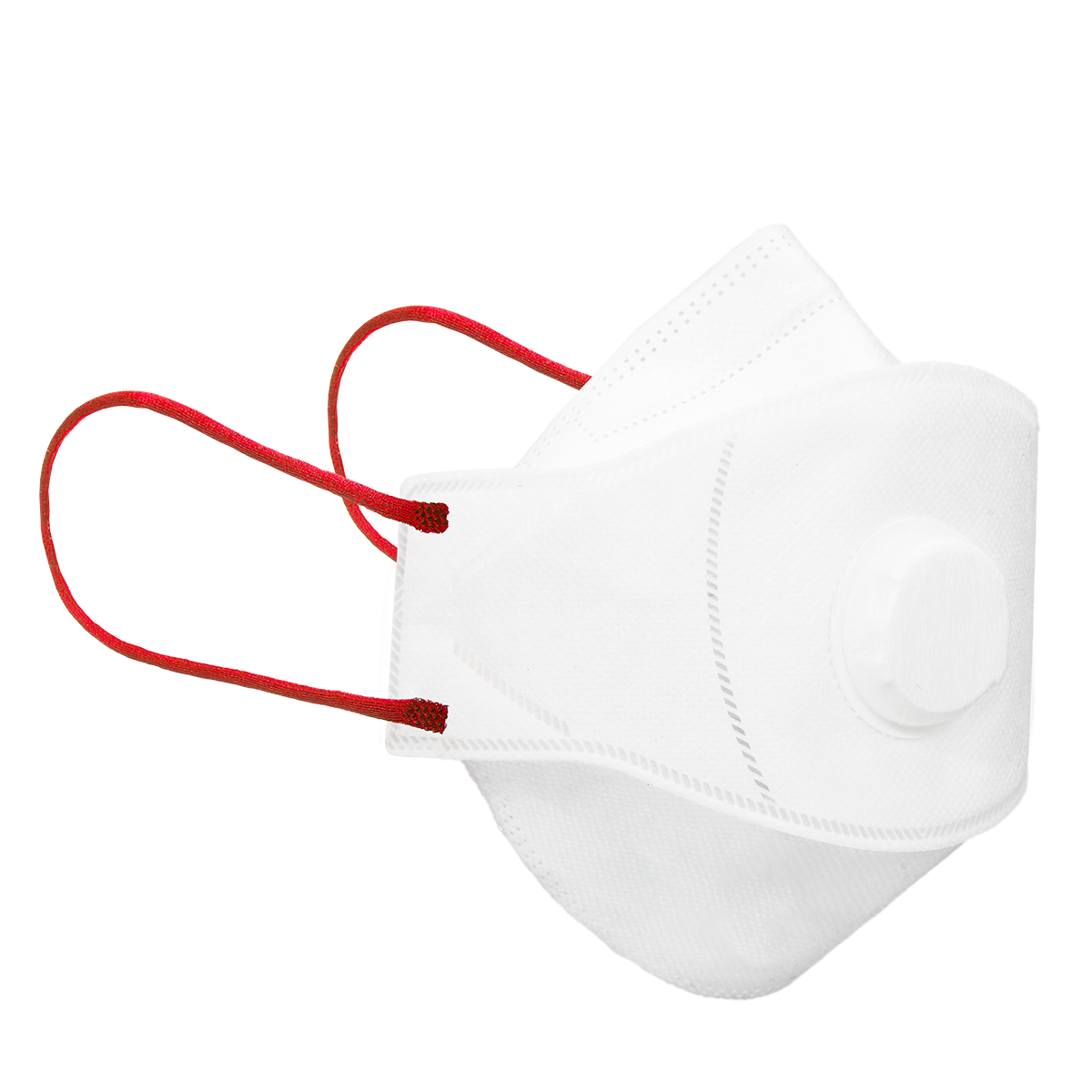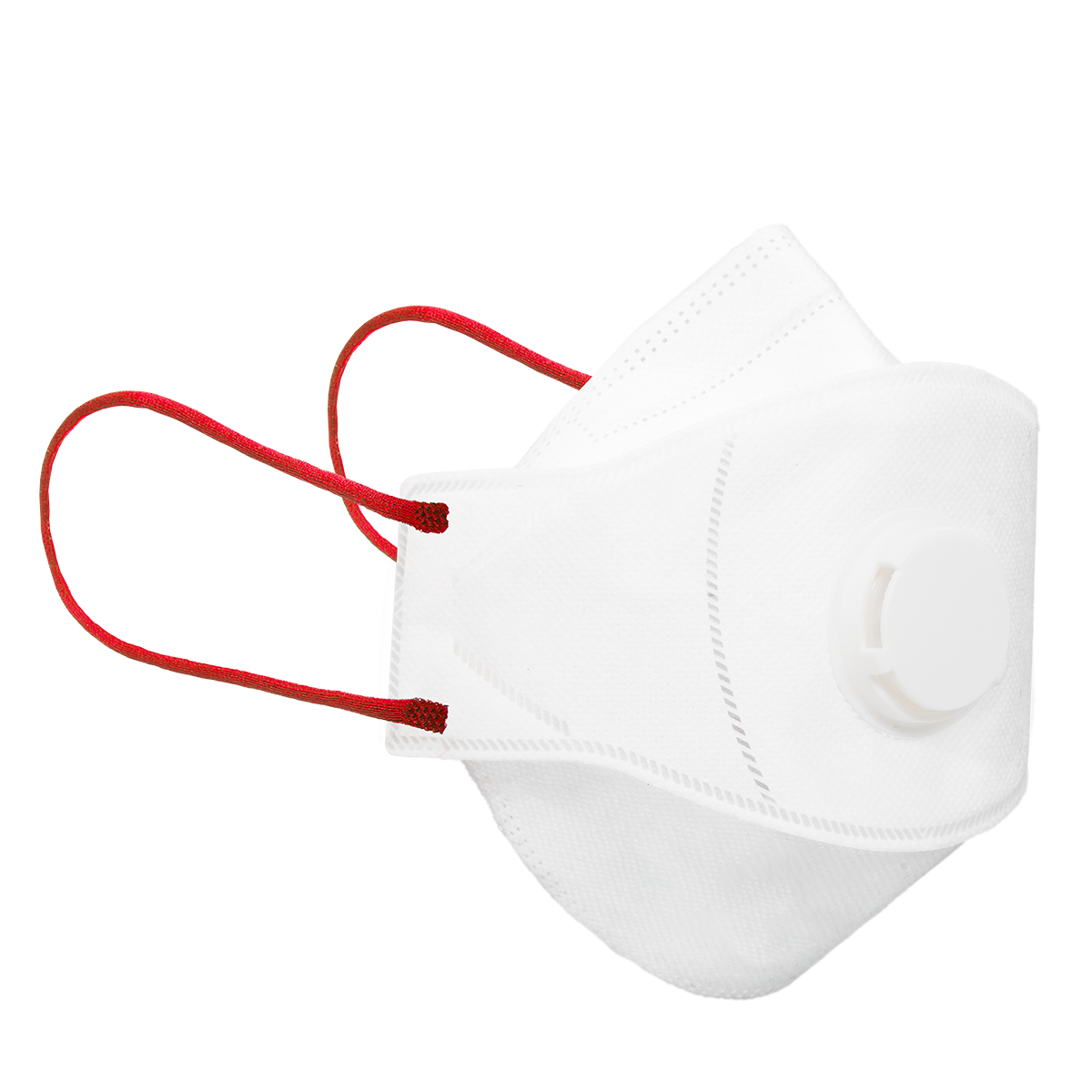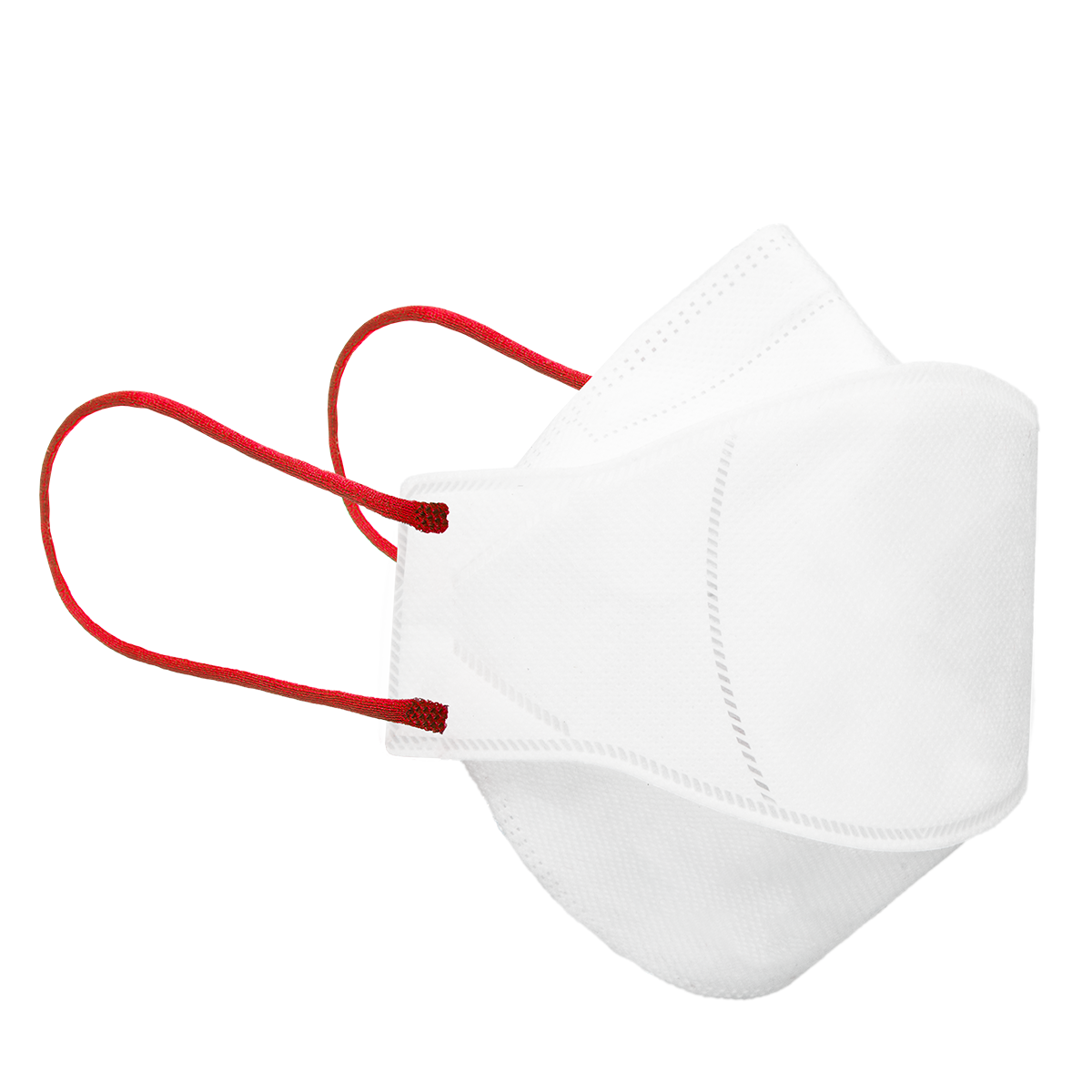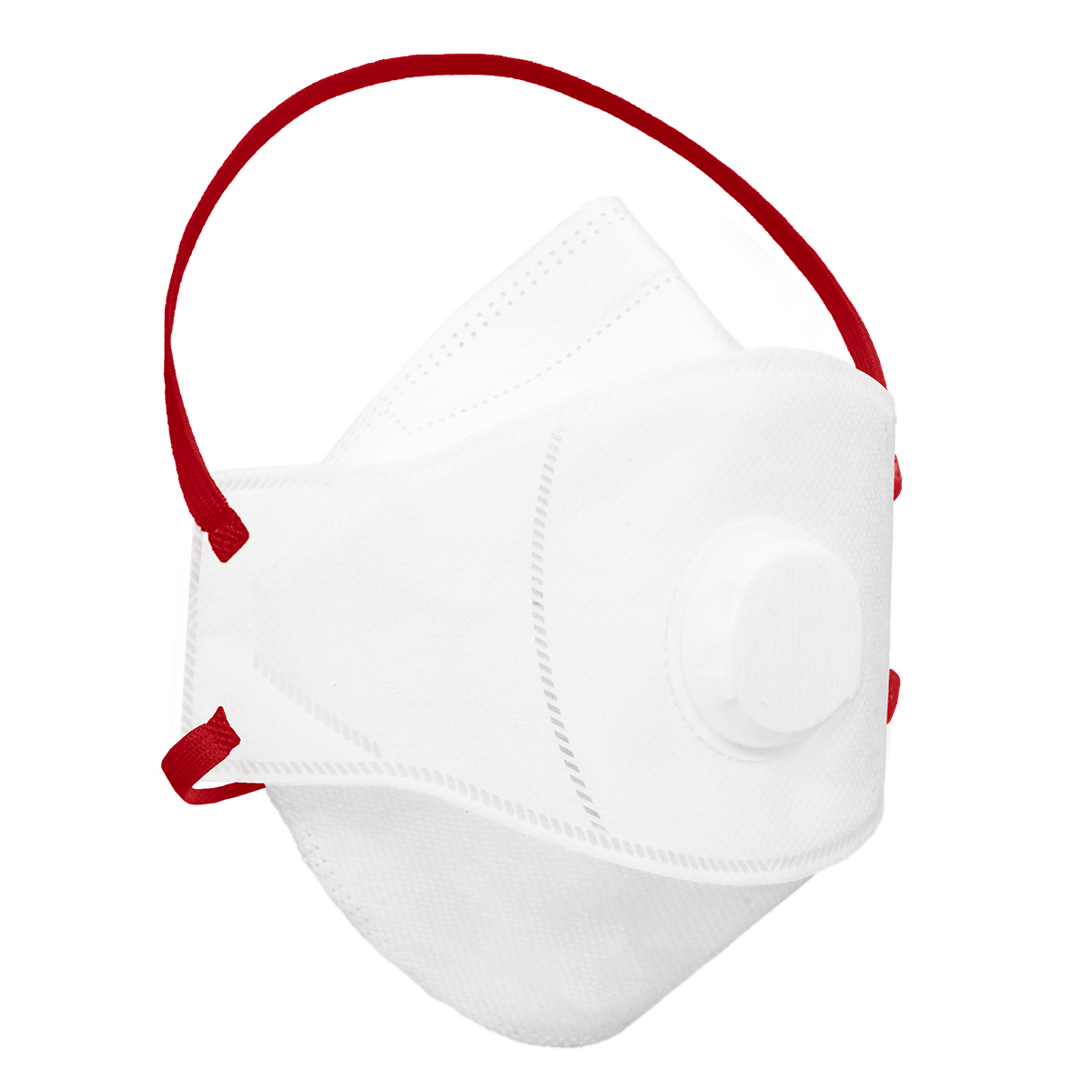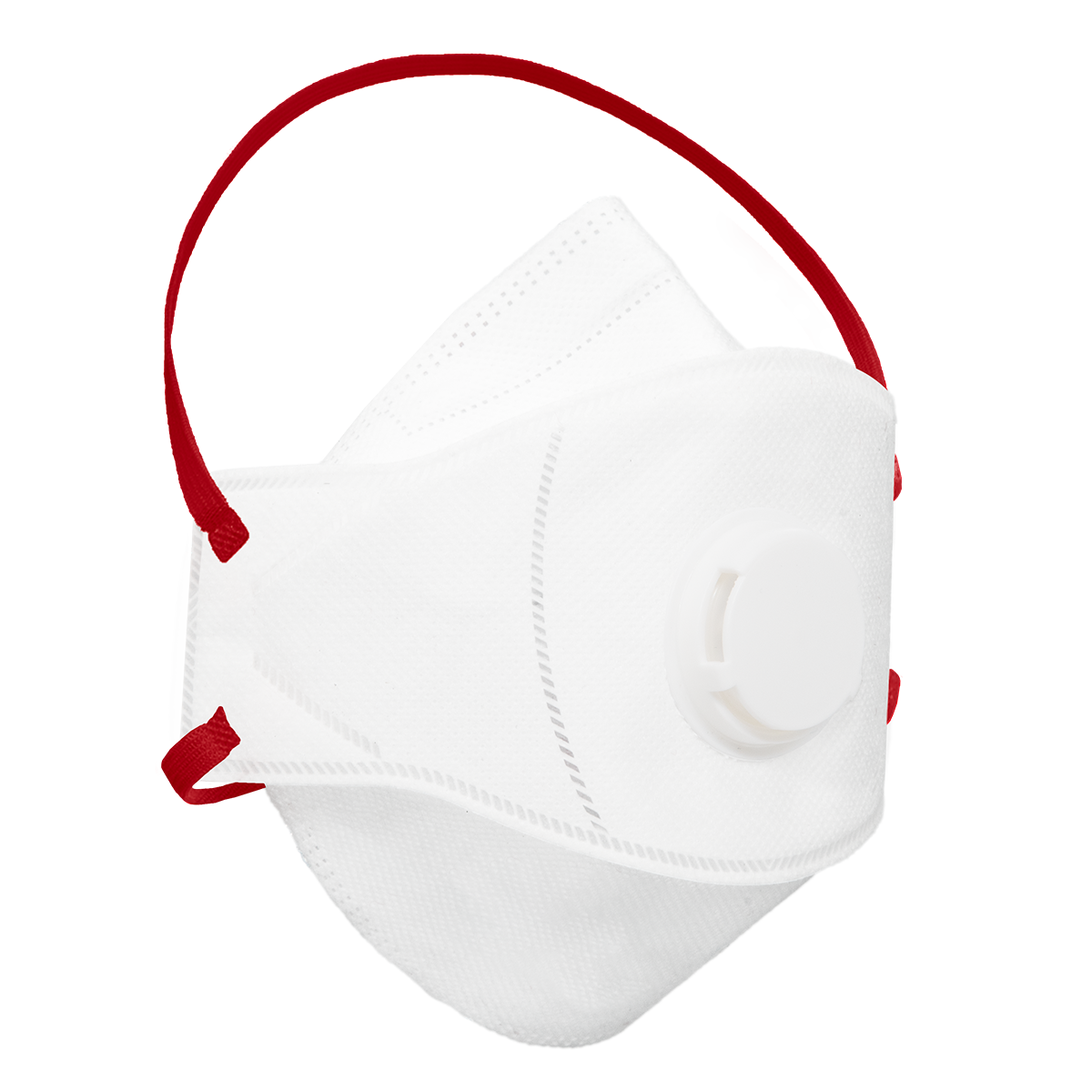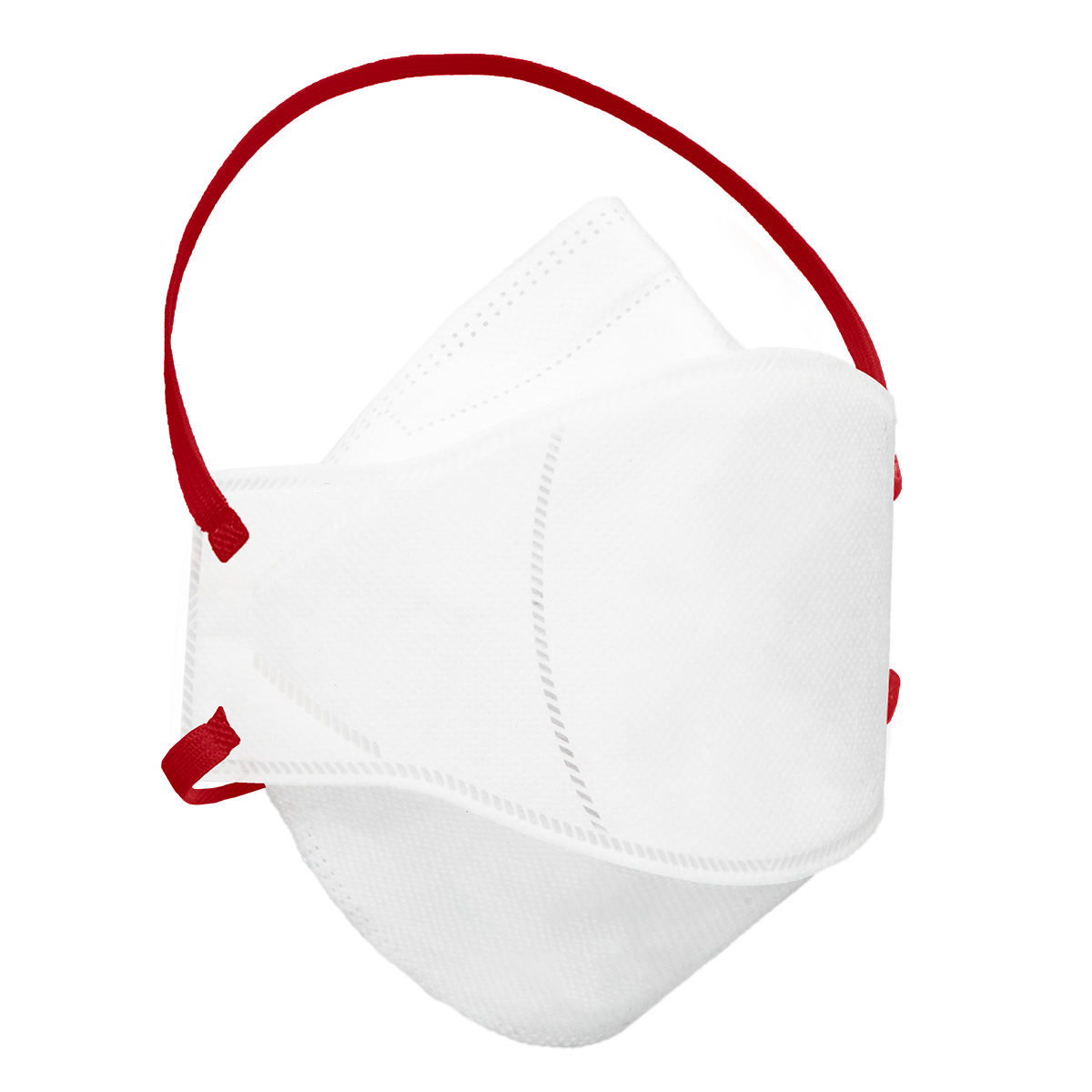FFP3
FFP3 respirators from DACH Schutzbekleidung: Reliable protection against particularly dangerous viruses, bacteria, fungi, dusts and other harmful substances that endanger health. Respirators from DACH offer maximum wearing comfort and a protective effect that exceeds the requirements of the standard.
Content: 360 Stück (€0.23 / 1 Stück)
Content: 20 Stück (€5.10 / 1 Stück)
Content: 20 Stück (€2.50 / 1 Stück)
Content: 50 Stück (€0.76 / 1 Stück)
Content: 3 Stück (€0.81 / 1 Stück)
Content: 20 Stück (€5.20 / 1 Stück)
Content: 20 Stück (€2.58 / 1 Stück)
Content: 50 Stück (€0.90 / 1 Stück)
Content: 5 Stück (€2.43 / 1 Stück)
Content: 50 Stück (€0.33 / 1 Stück)
FFP3 respirators: the highest protection class for your safety
FFP3 masks are used in areas where there is a high risk potential for airborne pollutants that are hazardous to health. The abbreviation “FFP” stands for Filtering Face Piece.The number 3 indicates the filtering class of the mask. An FFP3 mask must achieve a filtering performance of at least 99 percent, 5 percentage points more than an FFP2 mask. This is the highest protection class for filtering half masks. The top models from DACH Schutzbekleidung achieve an even significantly higher filtering performance.
How FFP3 protective respirator work
How does the filter of an FFP respirator work?
FFP protective masks have a filter layer made of one or more layers of so-called meltblown non-woven fabric. This material consists of a fabric of ultra-fine polypropylene fibres, which has a high filtering capacity and can filter even the finest particles out of the air.
Does it make a difference how many filtering layers an FFP respirator has?
No. It depends more on the quality of the filter material. One filter layer of high-quality filter material can filter as well as three layers of an inferior material. Many filter layers can also have the disadvantage that it is particularly difficult to breathe through them.
Can an FFP3 mask filter viruses?
Yes! Viruses are indeed tiny and in fact even smaller than the extremely small openings between the meltblown fibres in the filter material of an FFP mask. While a dust particle gets mechanically stuck in the filter, this is not the case with a virus. But: A good filter also has a static charge that causes viruses to stick to the filter fibres. Moreover, viruses are usually part of an aerosol. So they do not float freely in the air we breathe, but are part of a small droplet of body fluid that is larger than the virus itself. The claim that FFP masks do not protect against viruses has been scientifically refuted many times. It is important that the mask fits well and that no openings are left between the mask and the skin. High-quality respirators can be adapted well to the shape of the face, so that they fit snugly and stably without any free space at the edge of the mask.
What types of FFP masks are there?
There are different types of FFP masks. The fit and secure fit depends on the design principle.
FFP masks with ear loops or with headgear?
On the one hand, there are FFP masks with ear loops and FFP masks with headgear. Masks with ear loops usually do not fit as tightly as masks with headgear. Masks with headgear are therefore more secure against slipping or leaking, while masks with ear loops are easier to put on and take off. The higher the risk you take as a wearer, the more likely you are to choose a headgear mask.
Coffee filter, duckbill... – What are the designs of FFP masks?
The most common is the FFP mask with coffee filter shape. It is folded lengthwise from top to bottom and packaged to look like a filter bag for brewing coffee. It usually comes with ear loops, only occasionally with a head band. It is the most common because it is the easiest and therefore the cheapest to produce. The most serious disadvantage is its poor fit. Only rarely does an FFP mask in the form of a coffee filter fit really tightly around the face. The so-called leakage is therefore usually greater than that of masks of other designs. Another disadvantage of masks of this design is the usually smaller volume of the mask. A lower breathing volume makes breathing more difficult, while a higher breathing volume contributes to good wearing comfort.
Less common is the FFP mask in duckbill shape. It is also called a duckbill mask. It usually comes with a head harness instead of ear loops to ensure a stable fit. Due to its design, it can be better adapted to different face shapes and fits better, i.e. closer, to the face. Due to their design, they usually have a higher breathing volume than coffee filter masks. For professional use with higher risk, it is far more suitable than the coffee filter mask. Some people think that you look like Uncle Scrooge when you wear it – but you should overlook this fact when it comes to your own health.
Widely used in the trades or industry is the pre shaped mask, which does not need to be unfolded but is pre-shaped by thermoforming. It usually comes with a head band and has the advantage that it is particularly easy to put on and take off during work.
Finally, there are FFP masks in a three-piece design that look flat when viewed from the front, the so-called flat mask, sometimes also called a fish mask. They are available with ear loops as well as with headgear. Again, with ear loops it is easier to put on and take off. With headgear, it fits tighter and does not slip as easily, so it is more secure. They offer a good fit, so they close well on the face. It has a higher breathing volume and finally, it looks more elegant than the other designs.
FFP mask with valve or without valve?
FFP masks are available without a valve but also with an exhalation valve, which makes it easier to exhale. Those who wear a mask with a valve enjoy the same protective effect as those who wear a mask without a valve, because the valve closes when inhaling. When exhaling, the valve opens, so that breathing resistance decreases when exhaling.
The disadvantage of an FFP mask with a valve is that the airflow is hardly filtered when exhaling. The wearer can therefore release his or her viruses into the ambient air. FFP masks with a valve are therefore particularly suitable for industrial use, where the protection of the wearer is the only concern. FFP masks with a valve are also always in demand when the wearer has to exert himself to a high degree. If the FFP mask is also to protect the person opposite from the germs of the wearer, on the other hand, a mask with a valve is out of the question.
Why are FFP3 masks with dolomite test available?
An FFP3 mask must meet various technical requirements and undergo tests. However, a test for dolomite dust is not prescribed in the relevant technical standard EN149 but is voluntary. If the filtering performance has been tested for dolomite dust, the mask bears the designation “FFP3 NR D”. Anyone who has to deal with dust at work should choose such a mask.
What is the difference between FFP mask and OP mask?
FFP masks are so-called personal protective equipment (PPE). Their purpose is to protect the wearer of the mask from hazards. Surgical masks, on the other hand, are medical devices whose purpose is to protect the patient. However, FFP masks without a valve can also protect the patient from germs, just as surgical masks also provide some protection for the wearer - at least from direct splashes of infectious liquids. Surgical masks also have a filter layer. However, they do not fit tightly at the edge, so that the so-called leakage is significantly greater.
What do FFP3 masks protect against?
FFP masks of all protection classes keep out non-toxic, non-fibrogenic dust as well as fine dust. The higher the protection class, the stronger the filtering performance.
Models of type FFP3 also protect you from smoke, dust and respiratory irritating liquids and solids, but also from fibrinogenic or carcinogenic dusts from asbestos or quartz. This makes them ideal for hazardous commercial or industrial applications. However, they also keep aerosols and droplets at bay to a high degree and thus effectively protect against viruses and bacteria of risk group 2, such as the Corona virus. Unless better protective equipment is available (e.g. full protective suit), it is also the ríght choice for protection against risk group 3 or 4 pathogens.
Are FFP3 masks reusable or not?
FFP3 masks with the designation “FFP3 NR” are disposable. In professional use, they should be used for a maximum of one work shift. The maximum wearing time at a stretch depends on the area of use. There are recommendations from the employers' liability insurance associations on the rhythm of use of the mask and breaks in wearing. As a rule of thumb, the more you exert yourself, the more often you need to take a break and take off the mask.
Multi-use masks with the designation “R” are basically reusable, but must be disinfected. Their use is usually uneconomical, so such masks are not widely used. In addition, if the mask becomes damp or wet, its filtering performance will deteriorate considerably. Then it must be replaced.
In addition, disinfection is required after each use. This entails considerable additional costs, which are often higher than the purchase of new masks. The repeated use of masks is therefore seldom worthwhile.
EN 10993: The biocompatibility test
Whether an FFP3 mask is biocompatible does not have to be tested according to EN149. However, we at DACH Schutzbekleidung consider this to be an important quality feature. Therefore, we also have our FFP masks “Made in Germany” tested and certified for their biocompatibility. So that you can be sure that the products are absolutely harmless.
FFP3 respirators from DACH – certified and of high quality
To ensure effective protection, it is important that FFP3 masks are certified. An FFP mask according to EN 149 is a particle-filtering half mask that has been tested according to the specifications of CEN (Comité Européen de Normalisation). The precise name of the technical standard defining the requirements for an FFP mask is EN 149:2001 + A1:2009. Only a mask tested by an approved European testing institute receives the obligatory CE mark. The CE must be followed by a four-digit number. This indicates which testing institute has tested and certified the type of mask in question.
Are there particularly good FFP3 masks or are they all the same?
The S-class among respirators: neolution®Air FFP3 NR D
The neolution®Air represents a particularly good choice when buying an FFP3 mask. It adapts very well to different face shapes. Its large surface area combined with a particularly high-quality filter fabric ensures easy breathing. It is therefore ideal for users whose work involves physical exertion and long periods of use.
neolutionPlus© - metal-free
Another high-quality option when purchasing FFP3 masks is the FFP mask neolution©Plus. With its tight fit, it offers optimal protection and is also characterised by long-lasting wearing comfort. This mask has a metal-free nosepiece and adapts well to any face shape even without the use of metal. It is therefore also suitable for explosive atmospheres.
Which FFP3 masks are the right ones?
Which FFP3 mask is the right one depends on the area of application.
In industry, models with a valve are often used, which ensure self-protection. In the medical field, masks without a valve are usually recommended because they also protect the patient. Masks with headgear fit more securely than masks with ear loops. If you have to put on and take off masks frequently, it is best to use a moulded mask.
Which DIN standard applies to FFP3 masks?
FFP3 masks are tested according to DIN EN 149. Added to this is the extension A1:2009, so the complete designation for a certified mask is EN 149:2001+A1:2009.
What does “NR D” mean for respirators?
The suffix NR means that the mask is not reusable.
The letter D means that it has passed a dolomite test. However, a dolomite test is not mandatory for non-reusable models.
How can you recognise a genuine FFP3 mask?
A certified FFP3 mask bears a CE mark with a four-digit number indicating the testing body.
How long is the shelf life of FFP masks?
An expiry date is stated on each individual FFP mask. For most manufacturers, this is two or three years after the date of production – sometimes it is up to five years.





.jpg)

.jpg)
.jpg)

